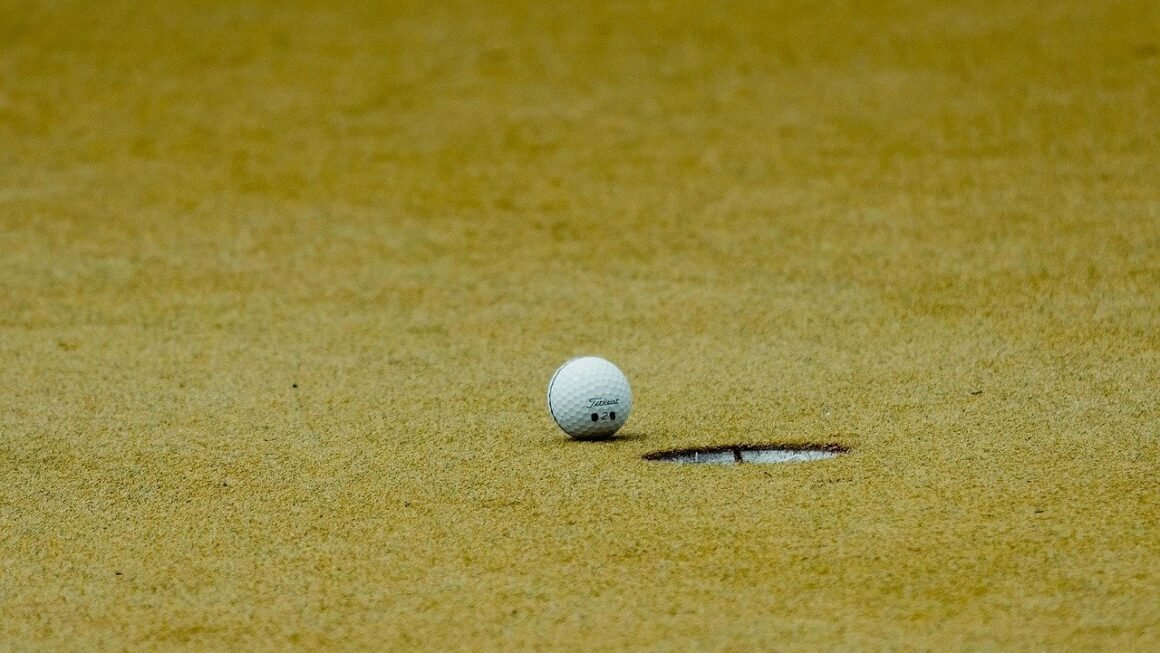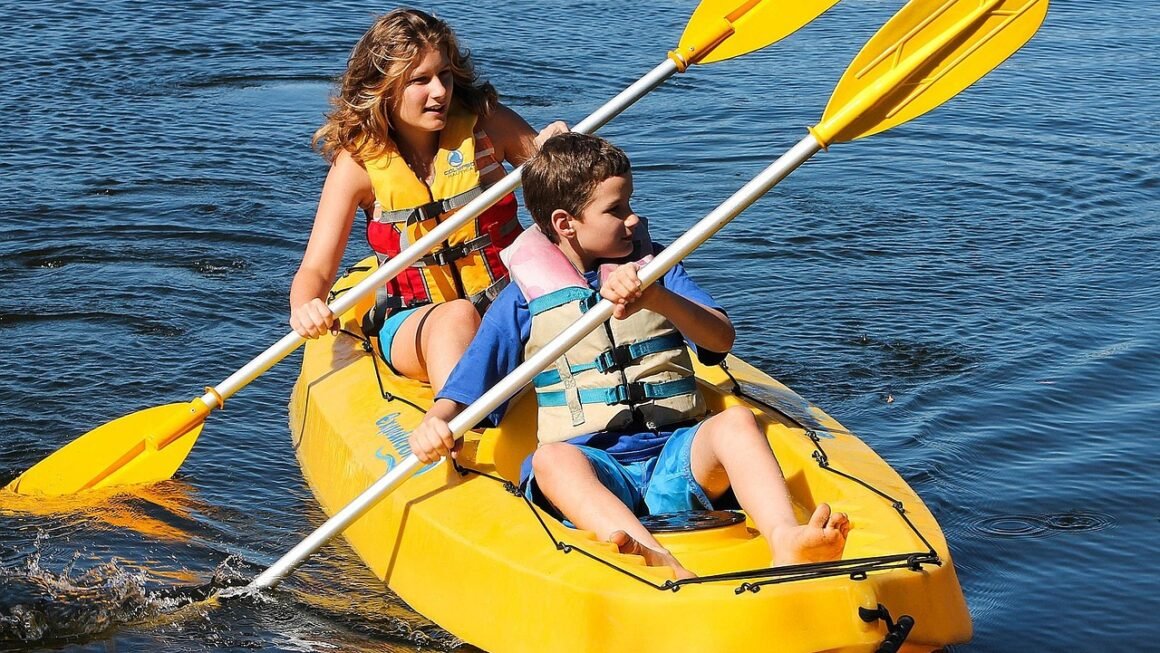Triathlon: A Journey of Endurance, Strength, and Triumph
Triathlon is more than just a sport; it’s a transformative journey that tests the limits of physical and mental endurance. Combining swimming, cycling, and running into one continuous race, it’s a challenge that attracts athletes of all levels, from beginners seeking a personal goal to seasoned professionals competing on the world stage. Are you ready to dive into the world of triathlon and discover what it takes to conquer this ultimate multi-sport event?
Understanding the Triathlon
Triathlon, at its core, is a multi-sport race involving swimming, cycling, and running, performed in that order. The distances vary depending on the race, offering different levels of challenge and accessibility. This section will explore the different types of triathlons and the essential gear you’ll need.
Triathlon Distances
The most common triathlon distances are:
- Sprint Triathlon: A great starting point, typically consisting of a 750m swim, a 20km bike ride, and a 5km run.
- Olympic Triathlon (also known as Standard Distance): This includes a 1.5km swim, a 40km bike ride, and a 10km run. This distance is the one used in the Olympic Games.
- Half Ironman (also known as 70.3): Half the distance of an Ironman, featuring a 1.9km swim, a 90km bike ride, and a 21.1km run (half marathon).
- Ironman Triathlon: The ultimate test of endurance, with a 3.8km swim, a 180km bike ride, and a 42.2km run (marathon).
- Super Sprint Triathlon: A shorter, more accessible version of the sprint distance, often used for introductory races and training. Distances may vary but could include a 400m swim, a 10km bike, and a 2.5km run.
Essential Triathlon Gear
Preparing for a triathlon requires the right gear to ensure comfort, efficiency, and safety. Here’s a breakdown of the essentials:
- Swim:
Wetsuit: Provides buoyancy and warmth, especially for open water swims. Consider the water temperature allowed in racing.
Goggles: Protect your eyes and improve visibility.
Swim Cap: Often provided by the race organizers, but having your own is useful for training.
- Bike:
Road Bike or Triathlon Bike: A well-fitted bike is crucial for performance and comfort. Tri bikes offer more aerodynamic positioning.
Helmet: A non-negotiable safety item.
Cycling Shoes: Clip into the pedals for efficient power transfer (if using clip-in pedals).
Cycling Shorts or Tri Shorts: Padded for comfort on long rides.
- Run:
Running Shoes: Properly fitted running shoes are essential for preventing injuries.
Tri Suit: A versatile garment that can be worn for all three disciplines, saving time in transitions.
- Other:
Transition Bag: To organize your gear.
Towel: For drying off after the swim.
Sunglasses: Protect your eyes from the sun.
Nutrition: Energy gels, chews, or bars for fuel during the race.
Water Bottles: Hydration is crucial.
Training for a Triathlon
Triathlon training is a significant commitment that requires a structured approach to avoid injury and maximize performance. This section covers the key aspects of training, including creating a training plan and focusing on each discipline.
Building a Triathlon Training Plan
A well-structured training plan is the foundation of triathlon success. Here’s what to consider:
- Assess Your Current Fitness Level: Be realistic about your abilities and limitations.
- Set Realistic Goals: Start with achievable goals and gradually increase the intensity and duration of your workouts.
- Allocate Time for Each Discipline: Balance your training across swimming, cycling, and running, based on your strengths and weaknesses. Typically, cycling consumes the largest portion of training time.
- Incorporate Rest and Recovery: Rest is crucial for muscle repair and preventing burnout. Schedule rest days and listen to your body.
- Include Brick Workouts: Combine cycling and running back-to-back to simulate the transition from bike to run. For example, a 60-minute bike ride followed immediately by a 20-minute run.
- Consider Hiring a Coach: A qualified triathlon coach can provide personalized guidance and support.
Swimming Training Tips
- Focus on Technique: Efficient swimming technique is essential for conserving energy. Consider taking swimming lessons or joining a masters swim program.
- Practice Open Water Swimming: If the race includes an open water swim, practice in similar conditions to acclimate to the environment. Consider sighting drills to perfect navigation.
- Build Endurance: Gradually increase the distance and intensity of your swim workouts.
- Incorporate Drills: Focus on specific aspects of your stroke, such as body position, arm stroke, and kick.
Cycling Training Tips
- Build a Strong Base: Focus on long, steady rides to build endurance.
- Incorporate Interval Training: High-intensity intervals improve speed and power.
- Practice Hill Repeats: Build strength and improve your climbing ability.
- Get Comfortable on Your Bike: Spend time adjusting your bike fit and practicing different riding positions.
Running Training Tips
- Focus on Proper Form: Good running form reduces the risk of injury and improves efficiency.
- Include Tempo Runs: Sustained effort runs at a comfortably hard pace improve your lactate threshold.
- Incorporate Speed Work: Interval training on the track or road increases your speed and turnover.
- Gradually Increase Mileage: Avoid increasing your weekly mileage too quickly to prevent overuse injuries.
Mastering the Transition
Transitions are an often-overlooked aspect of triathlon, but they can significantly impact your overall race time. Efficient transitions require practice and preparation.
Setting Up Your Transition Area
- Organize Your Gear: Lay out your gear in a logical order to minimize time spent searching.
- Know the Transition Flow: Familiarize yourself with the transition area layout to avoid confusion on race day.
- Practice Transitions: Simulate race-day transitions in your training to improve your speed and efficiency.
Transition 1 (Swim to Bike)
- Practice Wetsuit Removal: Learn how to quickly and efficiently remove your wetsuit. Many triathletes use body glide on their ankles to facilitate wetsuit removal.
- Dry Off Quickly: Use a small towel to dry off your feet before putting on your socks and cycling shoes.
- Helmet First: Always put on your helmet before touching your bike.
Transition 2 (Bike to Run)
- Unclip Your Shoes Before Dismounting: Practice unclipping your shoes while still rolling to save time.
- Rack Your Bike Properly: Ensure your bike is securely racked to avoid penalties.
- Change Shoes Quickly: Have your running shoes ready to go and practice putting them on quickly.
- Loosen Your Cycling Shoes (if applicable).
Nutrition and Hydration
Proper nutrition and hydration are crucial for triathlon performance. Fueling your body effectively will help you maintain energy levels and prevent dehydration.
Pre-Race Nutrition
- Carbo-Load: Increase your carbohydrate intake in the days leading up to the race to maximize glycogen stores. Examples include pasta, rice, and potatoes.
- Avoid Trigger Foods: Avoid foods that can cause stomach upset on race day.
- Breakfast is Key: Eat a light, easily digestible breakfast on race morning, such as oatmeal or a banana.
During the Race
- Hydration Strategy: Drink fluids regularly throughout the race to prevent dehydration. Aim for a water bottle (about 20oz) per hour on the bike, and small amounts of fluid at aid stations during the run.
- Electrolyte Replacement: Replenish electrolytes lost through sweat with sports drinks or electrolyte tablets.
- Energy Gels/Chews: Consume energy gels or chews every 30-45 minutes to maintain energy levels. Practice this in training to avoid surprises on race day.
- Practice Makes Perfect: Experiment with different nutrition strategies in training to find what works best for you.
Post-Race Recovery
- Replenish Glycogen Stores: Consume carbohydrates within the first hour after the race to replenish glycogen stores.
- Repair Muscle Damage: Consume protein to repair muscle damage.
- Rehydrate: Continue to drink fluids to rehydrate your body.
- Rest and Recover: Allow your body adequate time to rest and recover after the race.
Race Day Strategies
Race day is the culmination of all your hard work and training. Having a well-thought-out strategy can help you stay calm, focused, and perform at your best.
Before the Race
- Arrive Early: Allow plenty of time to set up your transition area and familiarize yourself with the race course.
- Check Your Gear: Double-check that all your gear is in working order.
- Stay Calm: Practice relaxation techniques to manage pre-race nerves.
During the Race
- Pace Yourself: Avoid starting too fast, especially in the swim.
- Stick to Your Nutrition Plan: Follow your pre-determined nutrition and hydration plan.
- Stay Positive: Maintain a positive attitude throughout the race.
- Enjoy the Experience: Remember to enjoy the experience and celebrate your accomplishment.
- Drafting Rules: Be aware of the drafting rules for the bike segment. Many races have strict penalties for illegal drafting.
Conclusion
Triathlon is a challenging yet rewarding sport that offers a unique opportunity to test your physical and mental limits. By understanding the different aspects of the sport, creating a structured training plan, mastering transitions, and developing a solid race day strategy, you can successfully complete your triathlon journey and achieve your goals. So, take the plunge, embrace the challenge, and experience the triumph of crossing the finish line. Whether you’re aiming for a sprint distance or an Ironman, the journey is an incredible accomplishment.



